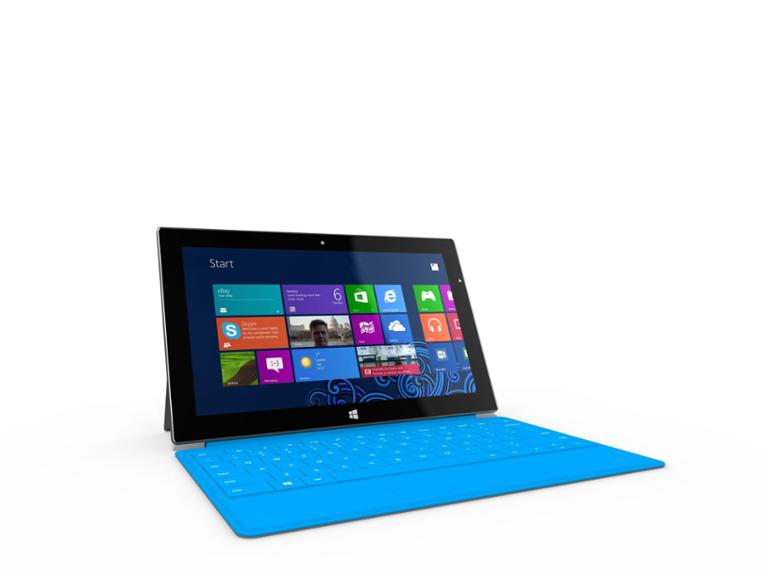Microsoft Cutting Off App Submissions for Windows 8 Store
If any tech pros are maintaining apps in the Windows 8 Store, or for Windows Phone 8, now’s the time to start thinking about next steps. While Microsoft would dearly like everyone to move beyond Windows 8, which is regarded by many critics as a serious misstep, Windows 8 and Windows 8.1 still hold a combined 10 percent of the Windows market, according to StatCounter. Businesses and government agencies are often slow to upgrade to the latest operating systems, which may account for a portion of these holdouts; and many consumers haven’t yet upgraded to Windows 10. (And if you think that percentage is stunning, just consider that Windows 7, which came out in 2009, still holds 39.06 percent of the overall Windows market. Clearly, a lot of folks are apathetic about upgrading.) Meanwhile, there’s probably someone out there still using Windows Phone 8. Anyone? Bueller? [Crickets.] Ahem, yes, moving on to the main point: Microsoft will stop accepting app submissions for Windows Phone 8.x (and earlier) and Windows 8/8.1 on October 31, 2018. This will not affect existing apps. On July 1, 2019, Microsoft will stop distributing app updates to Windows Phone 8.x or earlier versions. After that point, any app updates will only be available to smartphones running Windows 10. And on July 1, 2023, Microsoft will no longer distribute app updates to Windows 8/8.1 devices, although we imagine that any government agencies still running the operating system at that point can make a deal with Microsoft. “We encourage you to explore how you can port your existing app to the Universal Windows Platform (UWP) where you can create a single Windows 10 app package that your customers can install onto all device families,” is how Microsoft is framing the transition for any developers still building for these older platforms. Both Windows 8 and Windows Phone were supposed to open up the mobile arena to Microsoft. Windows 8 abandoned the “traditional” desktop interface in favor of a tile-based, touch-friendly UX, the better to operate on tablets and touch-screen laptops. Windows Phone was the company’s attempt to compete head-to-head with Apple iOS and Google Android. And both platforms would end up going down in flames. Critics savaged Windows 8’s UX as unintuitive and too much of a new thing. Microsoft tried to compensate with Windows 8.1, which restored the Start button and the ability to launch the desktop interface upon startup, but it was a case of too little, too late; Windows 10, the next version, put the traditional desktop UX front-and-center. Windows Phone, meanwhile, failed to find a substantial audience. Rendering Windows Phone 7.x devices unable to upgrade to Windows Phone 8 didn’t help the company’s adoption numbers, and nor did Microsoft’s acquisition of Nokia, which made a disastrous bet on Windows Phone instead of its homegrown operating systems.

